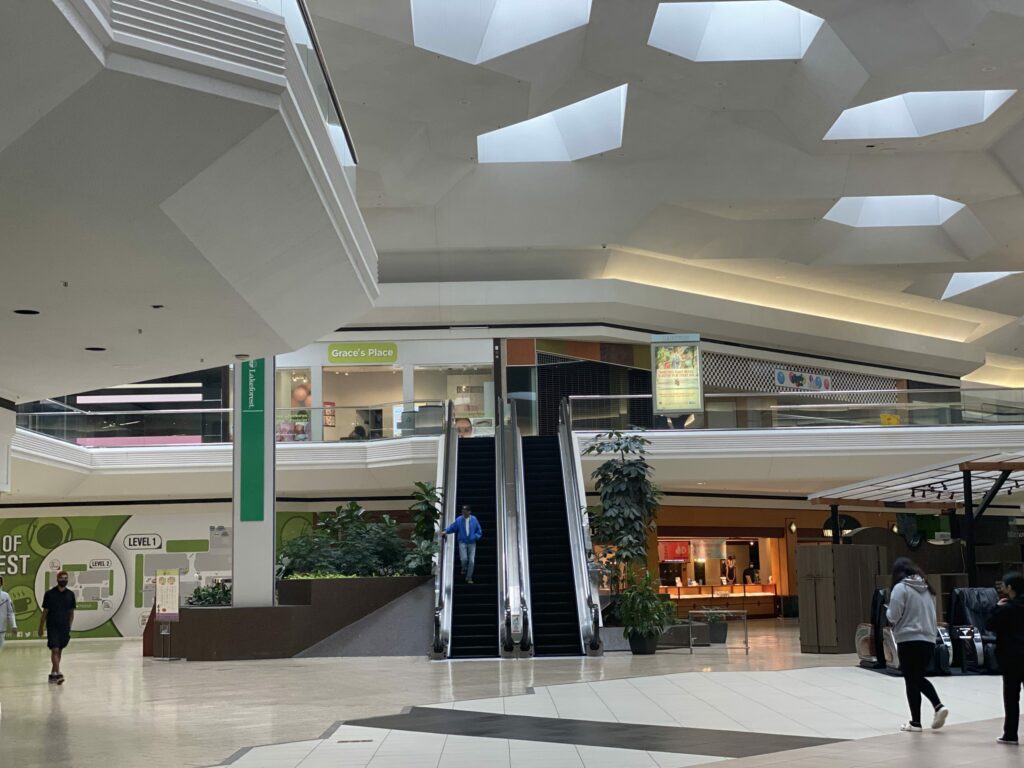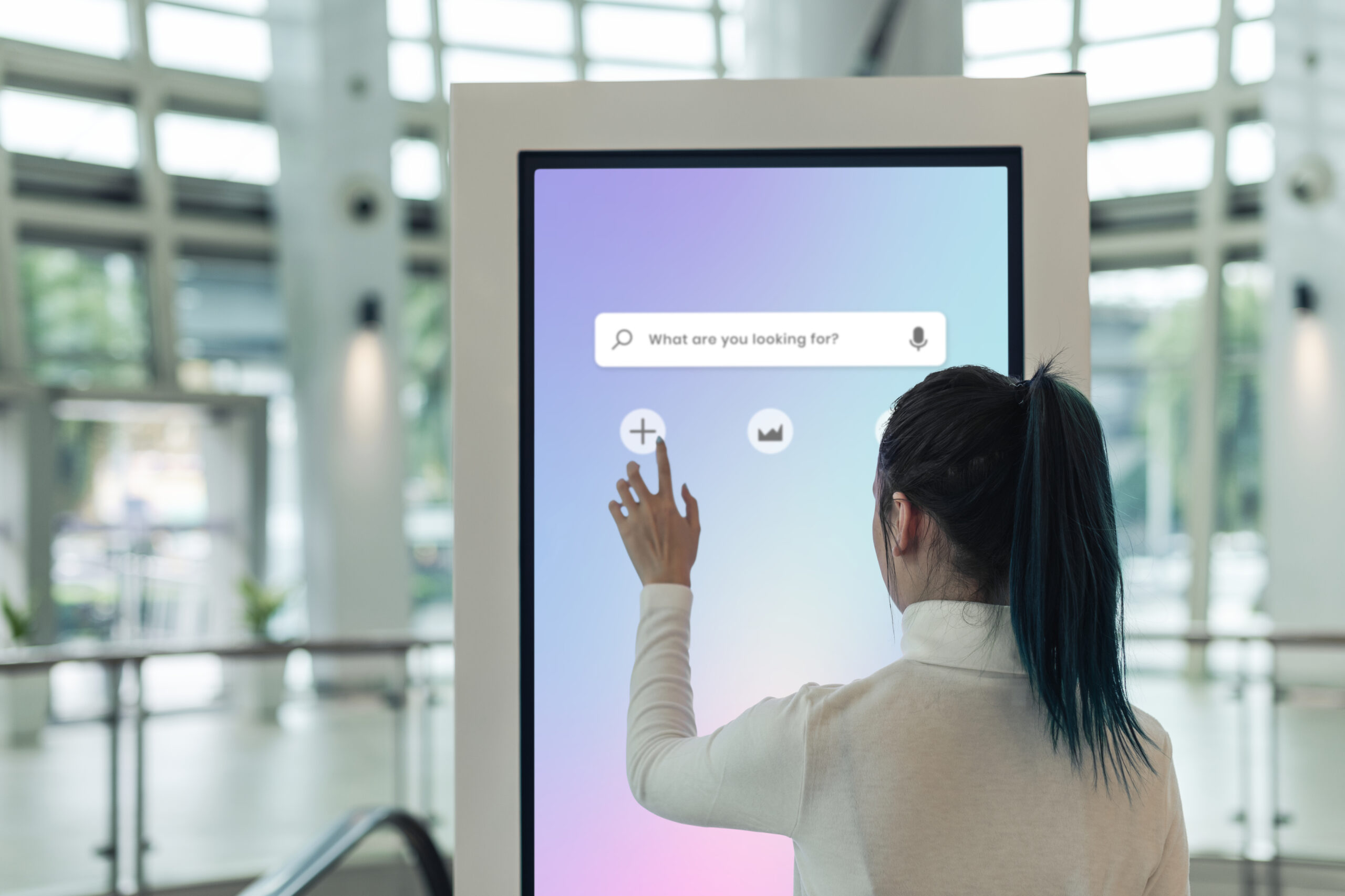Abdul Mannan recalls the time when business was booming and the Lakeforest mall in Gaithersburg (Maryland, USA) was packed with shoppers.
But that was before the JC Penney store closed in the summer of 2019; Lord & Taylor went dark a few months later, and not long after, Sears disappeared from the map.
“There are days when we don’t sell anything, not even a dime. What do you see in this mall? It’s empty,” a sales clerk told the Washington Post in 2019.
A sense of “post-apocalypse” clinged to Lakeforest the past few years, to the point where what was once the pride of Montgomery, is now deemed a “ghost town” for its quietness.
During a meeting in late January, the Gaithersburg city council announced they would close the Lakeforest by the end of March 2023.
“It’s the end of an old era,” said Kevin Rogers, executive vice president of WRS Inc., which owns the mall.
The end of Lakeforest reflects the all-too-familiar story of malls. Over the past decade, as consumers massively move to online shopping, malls with lower sales and disappearing storefronts are saying goodbye to their heyday.

The closure of major shopping malls
Alexandra Lange, author of Meet Me by the Fountain: An Inside History of the Mall, says people have been predicting mall meltdowns since the 1980s.
Since then, big companies have spent millions to reinvent themselves into integrated lifestyle centres – adding yoga studios, medical clinics and microbreweries – with more upscale stores. But investments only widen the “gap between rich and poor” between commercial centres.
Neil Saunders, CEO of research firm GlobalData Retail, said: “There is a big division between the ‘best’ category and the ‘rest’. Newer, nicer shopping malls have become magnets for consumers, pulling them away from struggling properties.”
According to a 2017 report by Credit Suisse, a quarter of malls in the US are expected to close by 2022.
As of November 2019, retailers have announced plans to close more than 10,600 stores across the US, according to real estate research firm Costar.
The pandemic has made this process even faster. In the UK, shopping mall giant, Intu, which had struggled with the Covid-19 lockdown due to the harsh retail environment, collapsed in 2020.
The old commercial centres in Japan also faced a similar situation. Onuma department store in Yamagata city faced bankruptcy and closed in 2020. The Nakago store chain had to close its last store in Fukushima city after 100 years of existence.
More than 20 malls and countless world-famous brands in Singapore have also struggled in the past few years because of the epidemic and the changing habits of consumers.

Gen Z has a different way of spending
According to a 2017 report by International Business Machines (IBM) and the National Retail Federation (NRF), more than 70% of Gen Z, who were born after 1996, has significant impact on their family’s spending habits.
This leads businesses and marketers to predict that Gen Z will be the next generation of Millennials (1980-1996) to end trends and norms from previous generations, including mall culture.
“With the love for digital life, the first ‘victim’ of the young generation is the brick-and-mortar stores. US shopping malls have closed at a record rate as e-commerce becomes the preferred way of shopping for Millennials and Gen Z,” Digital Commerce 360 said.
According to a 2017 survey by Adyen, 93% of Gen Z prefer to shop without the help of a salesperson. But only 19% of retailers can offer such an experience, according to an IBM survey.
However, by 2019, the concept of Gen Z “killing mall culture” began to reverse.
In The idea that Gen Z is killing malls could be a myth, Business Insider surveyed more than 1,800 Americans aged 13-21 to find out what they think of malls.
17.99% of respondents said they went to the mall on a weekly basis, while 33.92% came here on a monthly basis.
The paper concluded that the majority of Gen Z may not be “mall rats” (young people frequenting a mall), but that doesn’t mean they’ve completely turned away from this space.
Also in the article, “Millennials Tried to Kill the American Mall, But Gen Z Might Save It”, Bloomberg said that Millennials are really the ones who would end shopping malls.
The article cites research by the International Council of Shopping Centers (ICSC) stating that around 95% of Gen Zs visited a mall in a 3-month period in 2018, more than 75% of Millennials ( Gen Y).
ICSC found that three-quarters of young people say going to a brick-and-mortar store is a better shopping experience than online.
Neil Saunders, analyst at GlobalData Retail, said: “It’s always been assumed that younger consumers who grow up online, digital and very savvy for these things will tend to stay away from buying experiences. Shop at a store or mall. But it turns out that’s not the case.”
Malls and retailers need to find ways to adapt
Young people today are more likely to get inspiration for fashion styles from Instagram than the clothes on mannequins at the mall.
To survive, malls must diversify and adapt to changing consumer preferences.
With the decline of mass shopping culture, “the smartest mall owners have realized that they can’t keep doing things the way they’ve always been,” says Lange.
Some malls have introduced luxury dining rooms or invested in a Virtual Reality online shopping experience. Others have transformed into what Lange calls “ethnic markets” to serve multicultural populations.
Retail historian Matthew Bailey says the future of the mall lies in further diversification.
“We tend to think of shopping malls as purely retail, but they can include more functions. Considered ‘privately owned public space’, 21st century malls can accommodate anything from schools to entire communities,” Bailey said.
Meanwhile, Oliver Chen, managing director of retail and luxury at Cowen and Company, a financial services company, advised malls and retailers to change their approach to a mobile-driven consumer model called “3C”: Convenience (convenience), Curation (management) and Culture (culture).
The “Convenience” factor explains the growing popularity of the outdoor shopping mall model, where customers can easily drive to, park near the store, shop, and then spend the rest of their day strolling and exploring other things. This whole customer experience has become the focus of many business and marketing strategies.
The management of visitor groups (Curation) is very important for shopping centers. These places need to be managed in accordance with the local market. According to Chen, it doesn’t make sense for closed shopping malls in Pennsylvania, Texas or California to all have the same set of stores.
For Chen, “Culture” is the crux of the biggest challenge and opportunity for malls.
“The success of future retail and malls will depend on people. Malls must understand the community they serve and allow people to interact with others,” explains Chen.
With many major department stores such as JCPenny and Sephora experimenting with different ways to improve their online shopping experiences, others must adapt with a customer-centric approach and a forward-thinking mindset in order to stay competitive and relevant in the ever evolving retail landscape.




